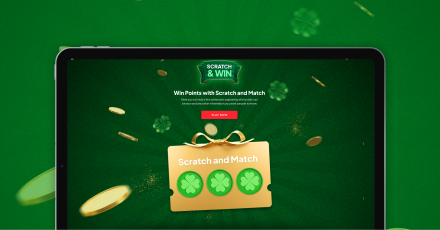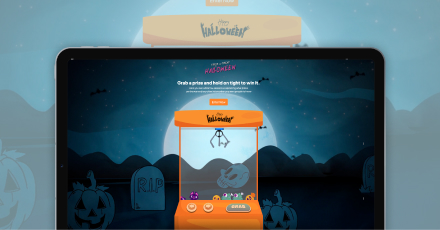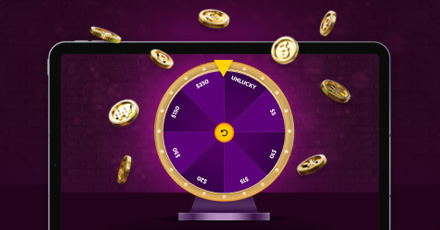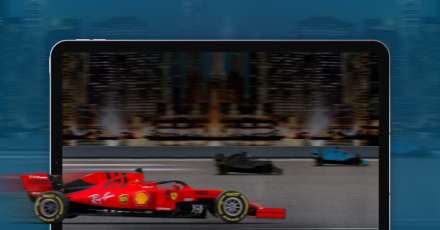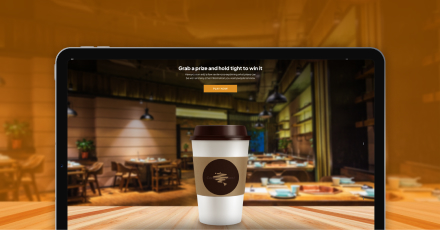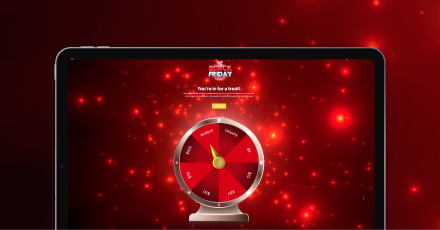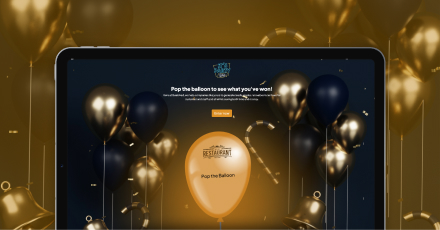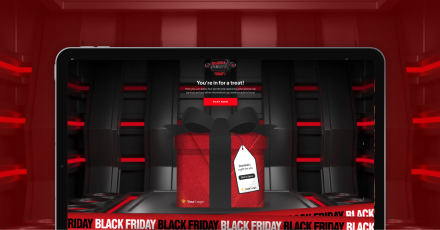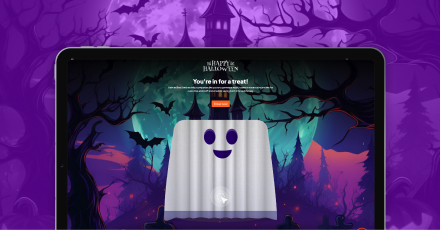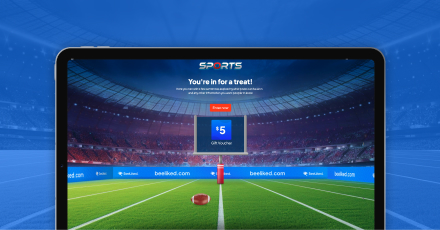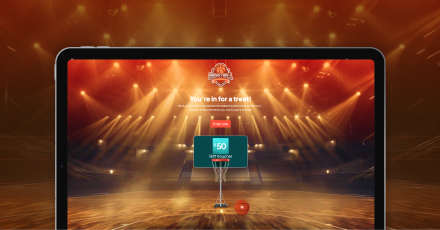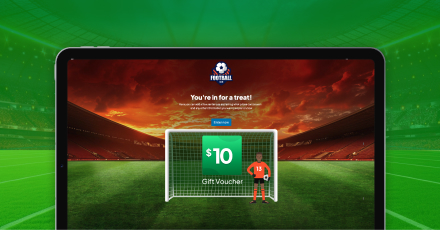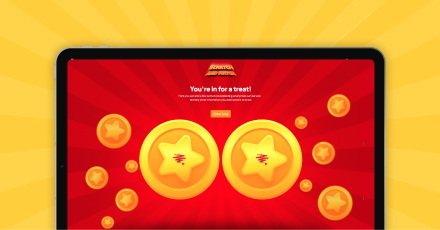Marketers have no shortage of metrics to track. Click-through rates, conversion rates, bounce rates, and the ever-familiar impression count all offer insights into performance. However, in a digital landscape where visibility no longer equals impact, the continued emphasis on impressions reveals a deeper problem. Attention is the new battleground, and simply appearing in front of an audience is no longer enough. In fact, it hasn’t been for some time. What truly matters is whether your audience actually notices, engages, and remembers your brand. This shift in focus reflects a broader transformation in how consumers process information, how digital platforms prioritize content, and how brands must now compete for something far more scarce than reach: real attention. This is what is known as the attention economy, where strategies like interactive promotions are proving far more effective than passive visibility.
What is the Attention Economy and Why Does it Matter?

The term “attention economy” was introduced by economist and psychologist Herbert A. Simon, who observed that an abundance of information inevitably leads to a scarcity of attention. Long before social media, Simon recognized that human focus is a limited resource. Today, that concept is central to modern marketing.
Consumers are exposed to more content than they could ever reasonably absorb. Advertising is everywhere: in social feeds, inboxes, search results, mobile games, digital signage, and even our smart devices. Every brand, every message, every campaign competes for the same brief moment of human focus.
This saturation has measurable effects. A Microsoft Canada study often cited in marketing circles found that the average human attention span declined from 12 seconds in 2000 to 8 seconds by 2013. The research, though widely debated and critiqued, sparked an important conversation about the impact of constant digital stimulation. As reported in Time, the takeaway remains relevant: when people are surrounded by endless content and constant notifications, their ability to stay focused is compromised.
In this context, impressions lose much of their value. A campaign may reach thousands, even millions, but if those impressions do not translate into meaningful interaction or brand recall, what has truly been achieved?
Attention Economy: Impressions Are Not the Same as Impact

There was a time when measuring exposure made sense. When the media were limited to television, radio, and print, a view or a listen usually meant a moment of focused attention. That is no longer the case. Today, people scroll past content in seconds, if not fractions of a second. Videos autoplay while muted, ads appear, disappear, and reappear, often without the viewer noticing. The impression may be counted, but the impression rarely lands.
The danger lies in mistaking visibility for effectiveness. High impression counts may look impressive on reports, but they often fail to reflect what matters: whether your audience cared, whether they acted, and whether they remembered your brand afterwards.
Measuring What Actually Matters in the Attention Economy
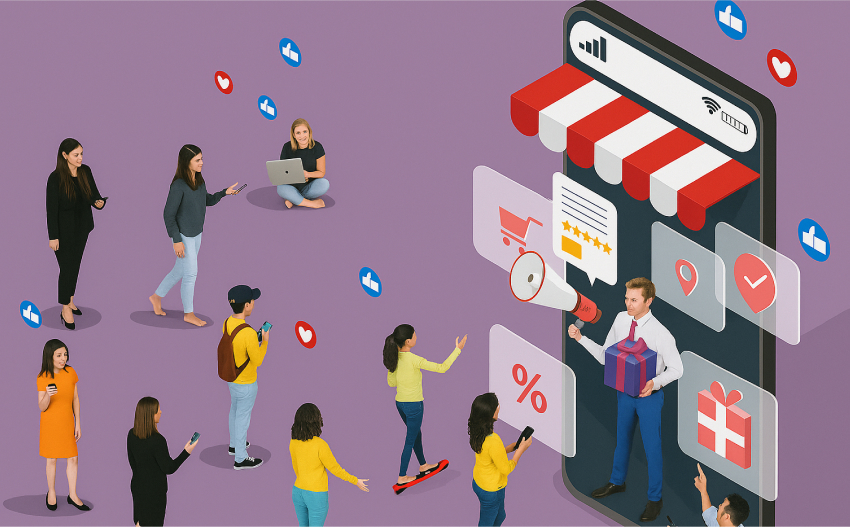
If impressions are not enough in the attention economy, what should marketers focus on instead? The answer lies in a combination of engagement, action, and memory. Metrics that reflect true interaction offer a more accurate view of performance. These include time spent on page, scroll depth, click-throughs on interactive elements, repeat visits, opt-ins, and conversions. However, they also include indicators that are harder to measure at a glance: emotional engagement, positive brand associations, and lasting recall.
One of the most telling signs of real engagement is participation. When a customer actively chooses to interact with your content, they are signaling interest. That interest creates a stronger mental association with the brand than any passive impression ever could.
Interactive promotions are especially powerful in this regard. They transform marketing into something the audience can engage with directly, inspiring interaction that is both meaningful and more measurable.
Interactive Promotions in Practice

Interactive promotions invite the customer to participate rather than simply observe. They introduce curiosity and reward that naturally hold attention. Rather than relying on the user to passively absorb a message, they offer activity, discovery, and reward.
Classic formats, such as Spin the Wheel and Unwrap the Gift, illustrate this principle well. These experiences give users a reason to stop scrolling. There is anticipation, involvement, and a clear value exchange. That interaction allows the brand to gather valuable insights in the process. They also require minimal effort from the participant, yet offer an immediate payoff. These small interactions help brands gain attention and deliver measurable engagement beyond exposure.
The Role of Data in Personalized Experiences

One of the most valuable outcomes of interactive promotions is the collection of zero-party data. This is data that customers willingly share in exchange for a personalized experience, such as their preferences, interests, or email address.
In the attention economy, where consumer focus is limited and third-party tracking is becoming less reliable, zero-party data offers a responsible and strategic alternative. It also plays a critical role in personalization, which is now a baseline expectation for modern consumers. According to McKinsey, 71% of consumers expect personalized communication from brands, and 76% become frustrated when they do not receive it. Brands that deliver relevant, tailored experiences tend to outperform their competitors across acquisition, loyalty, and revenue.
Interactive promotions support this need by creating the conditions for voluntary data sharing. The customer participates in the experience, provides useful information, and receives something in return. This data can then be used to refine messaging, segment audiences, and improve campaign performance across the board.
Beyond Impressions: Rethinking Campaign Strategy

The shift away from impressions requires a broader rethink of how campaigns are designed, delivered, and evaluated. Instead of asking “how many people saw this?” marketers must begin asking “how many people chose to engage?” That simple shift reframes the entire strategy. It places value on attention, action, and brand experience rather than volume alone, core considerations in the attention economy.
Campaigns that prioritize interaction over exposure tend to perform better over time. They build stronger customer relationships and generate more useful data. These campaigns also create a foundation for long-term loyalty and align with how digital platforms now operate. Social algorithms increasingly prioritize content that drives engagement. Paid media is more efficient when it targets behavior rather than demographics alone. Interactive promotions are well-suited to both realities, making them a strategic tool in a highly competitive environment.
Applying Interactive Promotions Across Channels
BeeLiked’s interactive promotions are inherently versatile. They’re built to scale and adapt, whether you’re launching a time-sensitive campaign or enhancing long-term content. These formats offer a flexible, measurable way to drive engagement where it counts. You can embed them in email campaigns, add them to landing pages, integrate them into social media, or activate them in physical spaces using QR codes. For example:
- A mystery envelope can be used on a product landing page to incentivize conversions or collect leads.
- An Advent Calendar is ideal for seasonal campaigns, where customers receive a surprise every day.
- Scratch to Reveal works well in email, driving opens and clicks by introducing an interactive layer to a traditionally static format.
Common Pitfalls to Avoid
Despite their potential, interactive promotions are not automatically effective. Poor execution can undermine the experience and reduce impact. There are a few key mistakes marketers should avoid:
- Prioritize user experience: Avoid focusing solely on the promotion at the expense of the participant’s experience. If the interaction feels disjointed, overly complicated, or off-brand, it may attract attention for the wrong reasons.
- Ensure the reward is meaningful: Participants are unlikely to engage if the incentive feels trivial or irrelevant. Whether it’s a discount, early access, or a brief moment of enjoyment, the reward should be perceived as valuable.
- Establish a clear data strategy: Interactive promotions can generate useful insights, but these insights only add value when applied to future messaging, audience segmentation, or follow-up efforts.
- Keep the experience streamlined: Interactivity is most effective when it’s intuitive and quick to complete. Unnecessary complexity can discourage participation and diminish the campaign’s effectiveness.
Turn Attention into Action with BeeLiked
Impressions may still have a role in media planning, but they are no longer a meaningful proxy for success. The brands that will thrive in this landscape are those that move beyond being seen and toward being chosen. That choice is driven by relevance, interaction, and memory.
In the attention economy, sustained focus carries far more value than fleeting visibility, and marketing strategies must reflect this shift. Interactive promotions offer a direct, measurable path to securing attention and generating genuine engagement.
If your current campaigns are still optimized for reach alone, it may be time to reframe the question. Rather than asking, “How many people saw this?” The more valuable question is, “How many people chose to stop, engage, and remember?” Explore BeeLiked’s range of interactive promotions to see how they can support deeper connections, more actionable data, and better marketing outcomes.
